Grand Seiko
Introducing the Seiko 140th Anniversary Limited Edition Re-creation of King Seiko KSK
So audacious was Seiko’s aspiration, that they were printing the words, “chronometer” on their dials in reference to its watches’ excellent accuracy. The Swiss, however, did not take too well to this. European Chronometer Official Association, as a matter of fact, reached out to Seiko in this regard insisting that Seiko remove the word from its King Seiko watches manufactured at the Daini factory and its Grand Seiko watches made in the Suwa factory.
Seiko’s response to this will forever be the stuff of legends. Rather than a note in return, or something to that effect, Seiko took it upon itself to send several mechanical wristwatch movements to the 1964 Neuchâtel Observatory trials, which were at the time the most demanding chronometric competition in the world. The Trials required that movements should not deviate more than +/− 0.75 seconds a day with +/− 0.20 seconds for temperature variations. Movements were submitted to relentless scrutiny for 45 days straight.
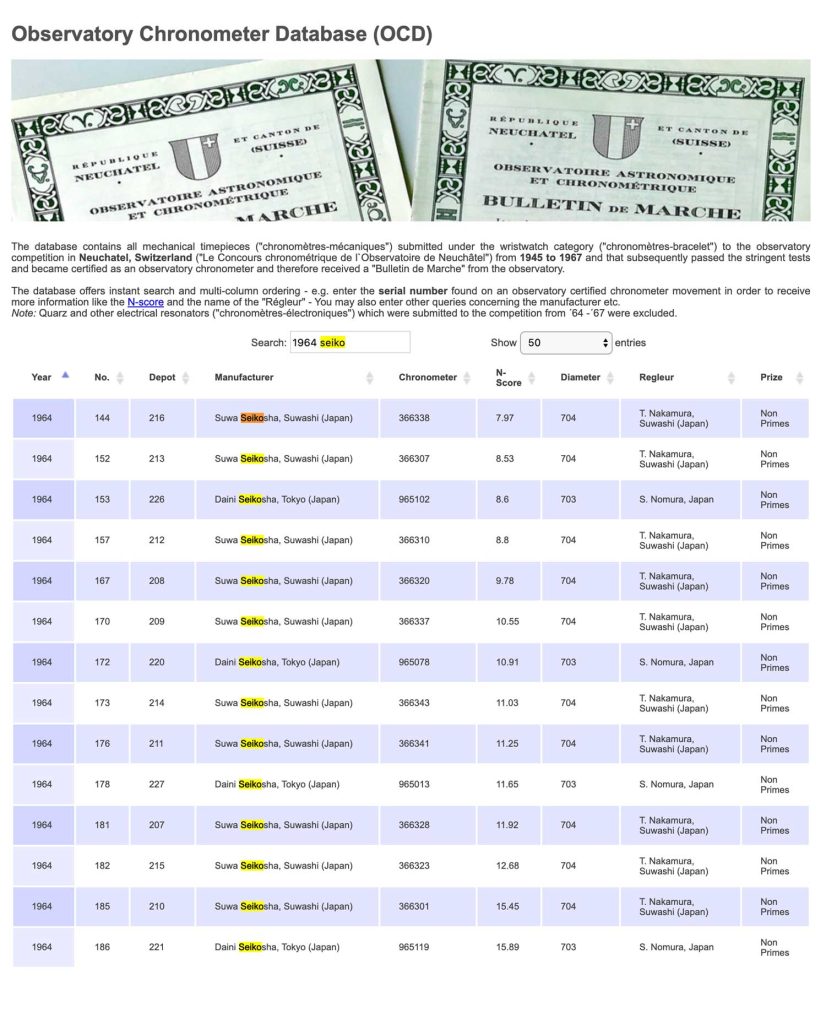
Seiko's 1964 entries to the observatory competition in Neuchatel, Switzerland ("Le Concours chronométrique de l`Observatoire de Neuchâtel"), weren't the most encouraging with the highest scoring entry ranking in at 144 (Source: observatory.watch)
Such is the legacy of the name, King Seiko. It was a name penned to forge Seiko watches that would be known for high accuracy. 2021 marks the 140th anniversary of this very name. In recognition of this, Seiko has announced the re-creation of the King Seiko KSK. This was the second series of watches made under the name, in 1965. It differed from the first generation with its angular case and had a manual-winding movement with hacking seconds. The watch was also water resistant, which was not typical of such watches in this time.
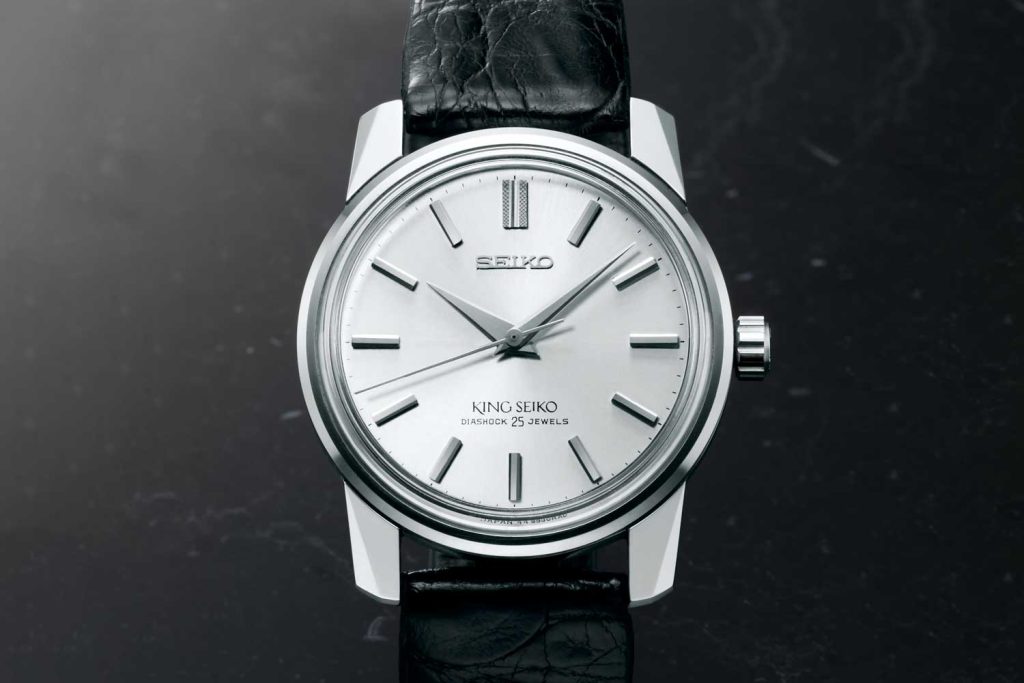
The 1965 King Seiko KSK presented a distinctive, angular profile.
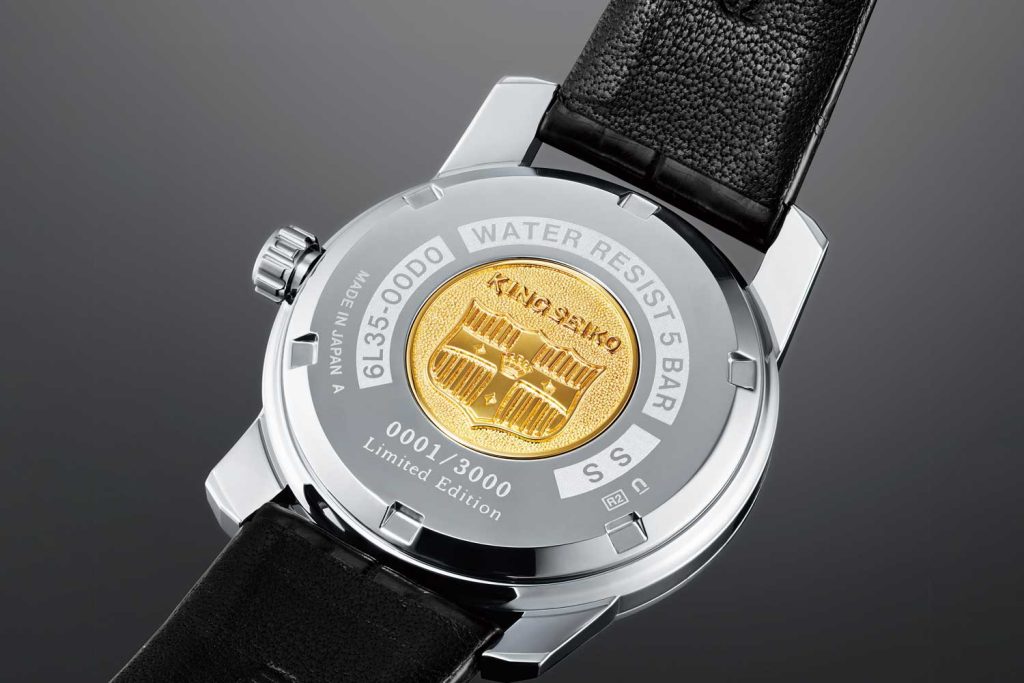
The case back bears the same emblem as the original.
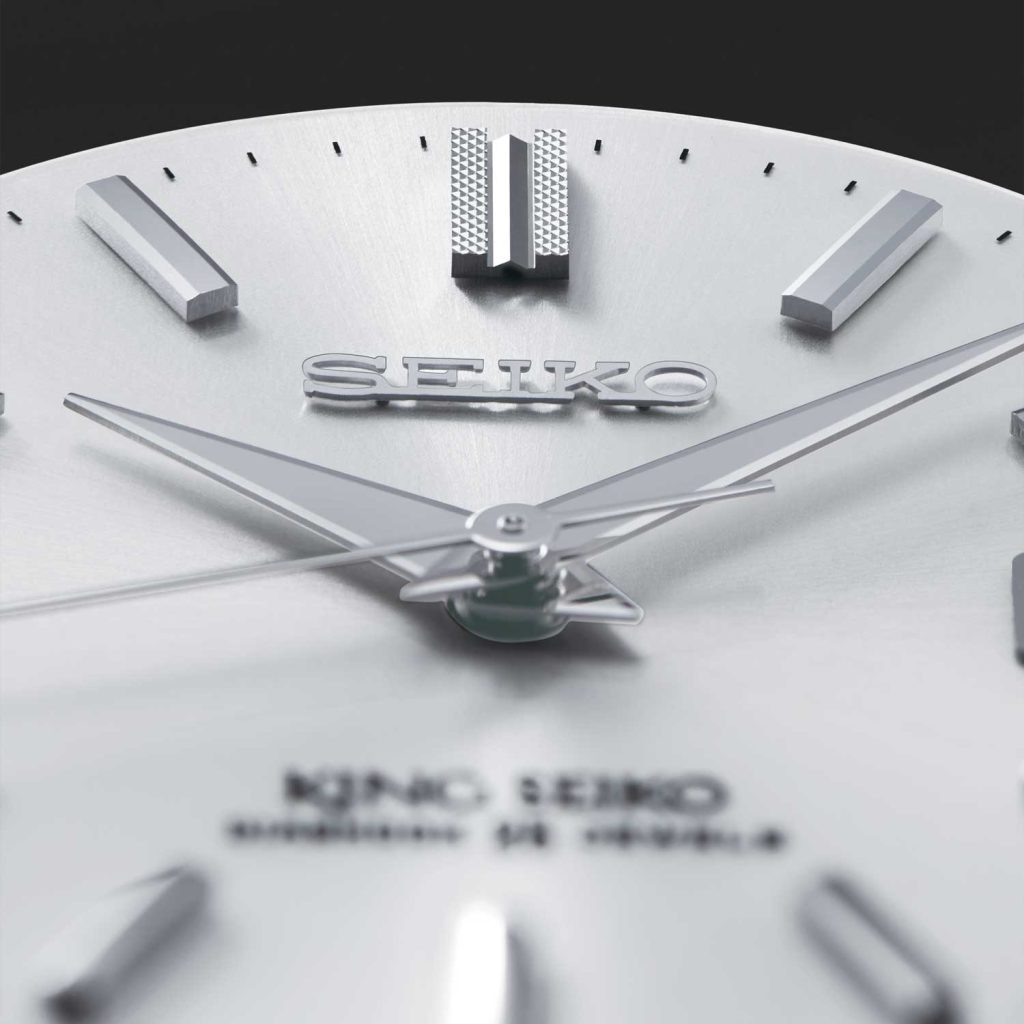
The faceted and textured twelve o’clock index ensures high legibility.
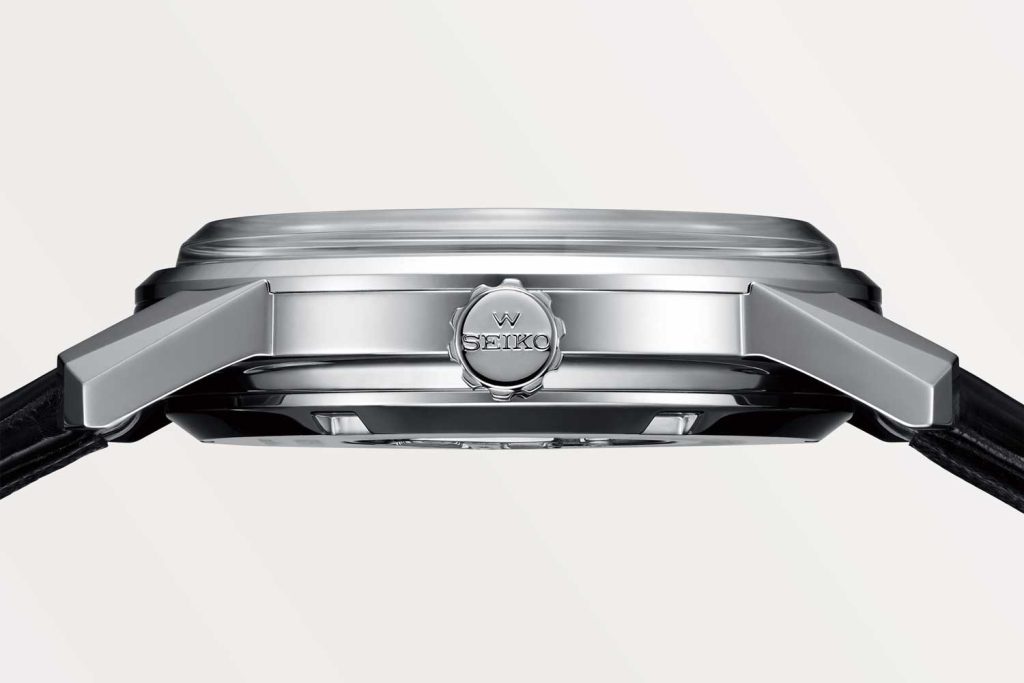
Both the buckle and crown of the 1965 KSK are faithfully re-created.
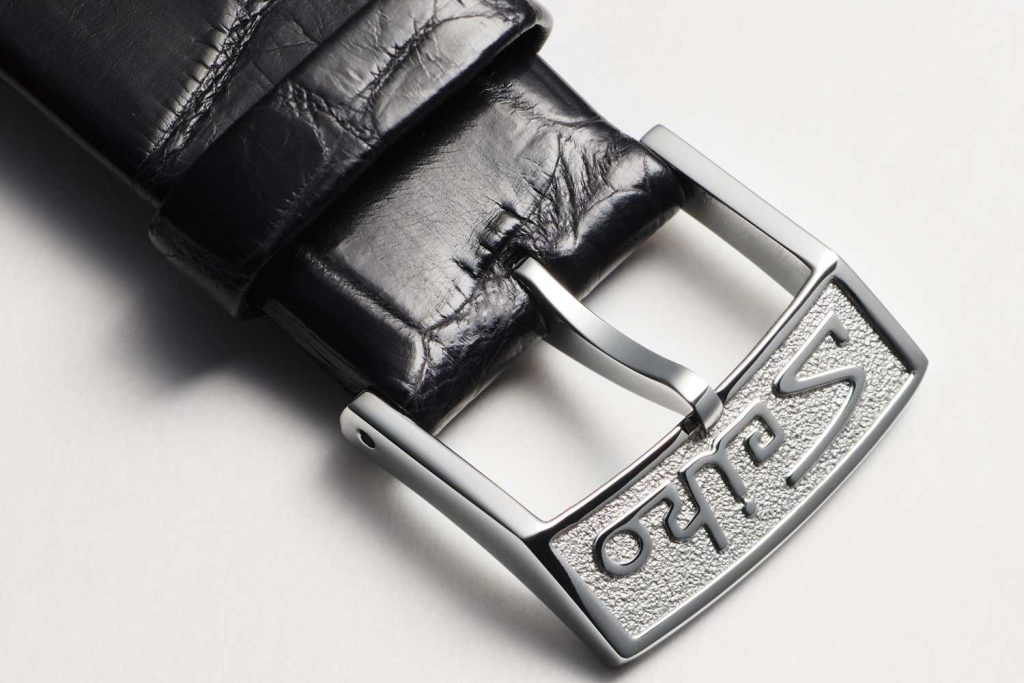
Both the buckle and crown of the 1965 KSK are faithfully re-created.
Movement
Seilf-winding Caliber 6L35; hour, minute and seconds; date; 45-hour power reserve
Case
Stainless steel; diameter: 38.1mm, thickness: 11.4mm; water-resistant to 50m
Strap
Black crocodile strap
Price and limitation
Approximate recommended retail price in Europe: €3,400; limited edition of 3,000
[/td_block_text_with_title]
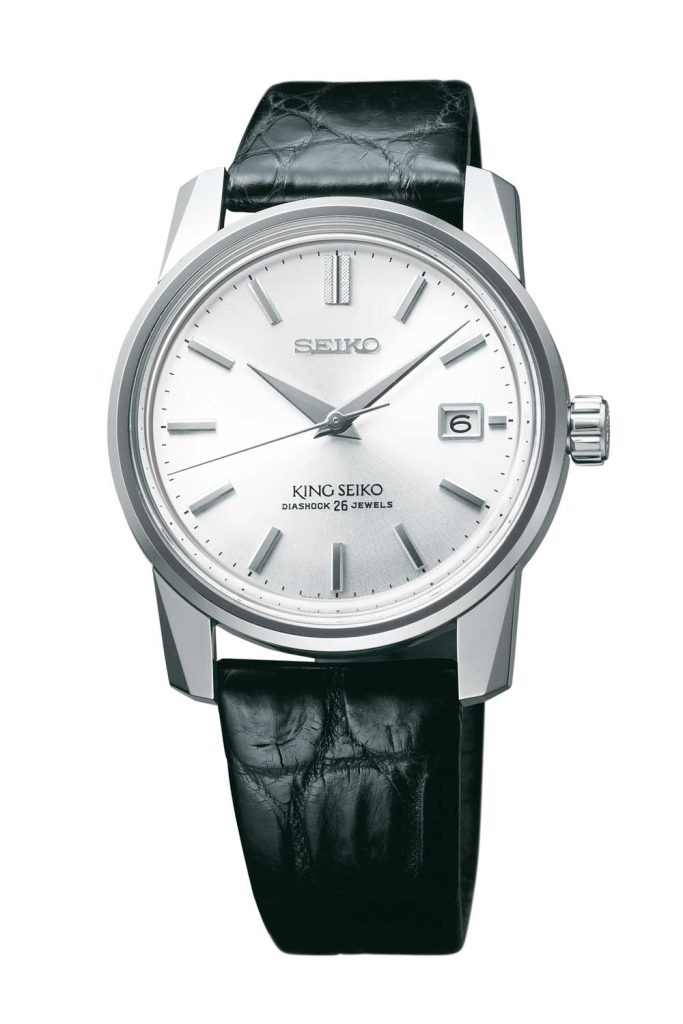
SJE083










